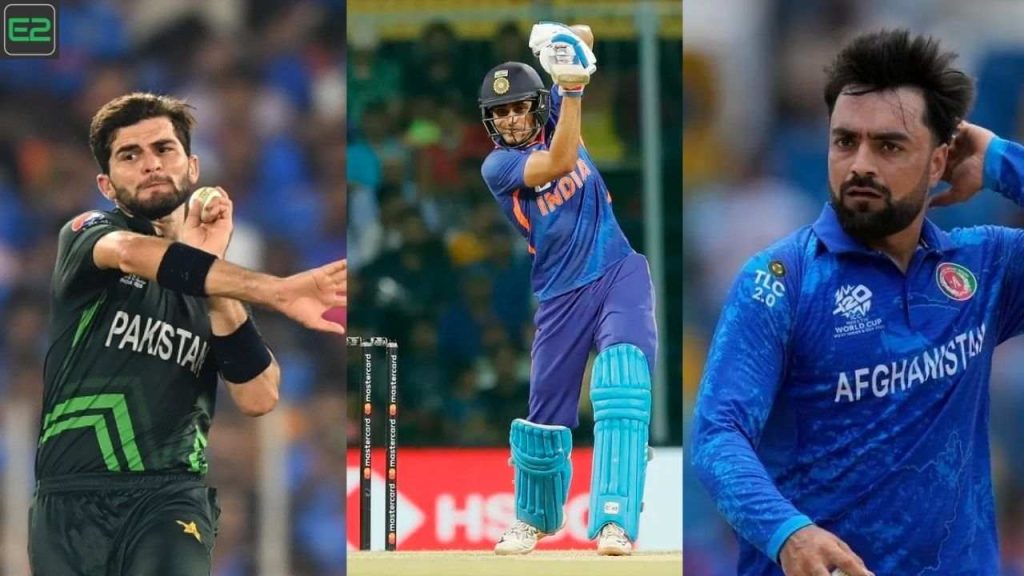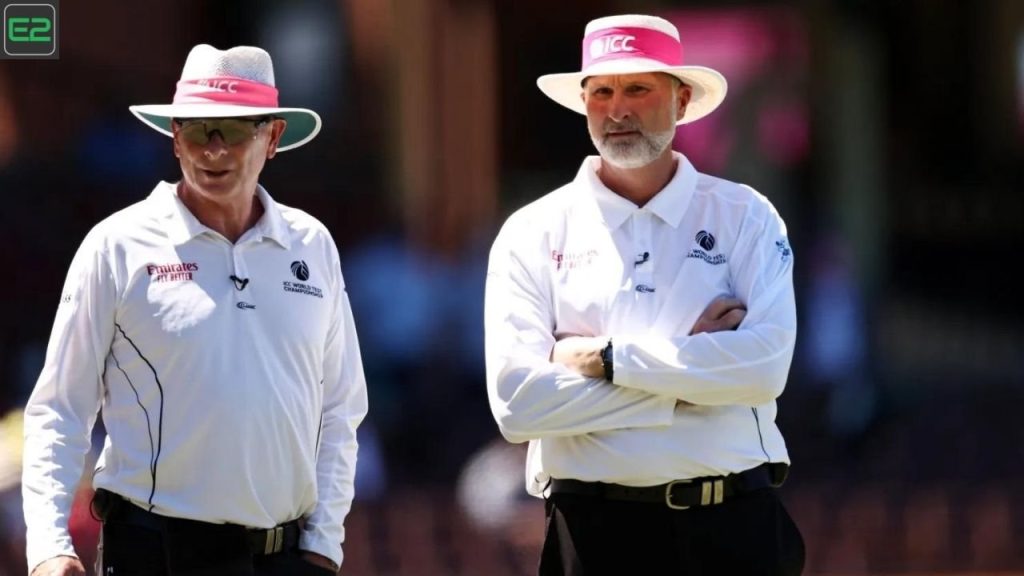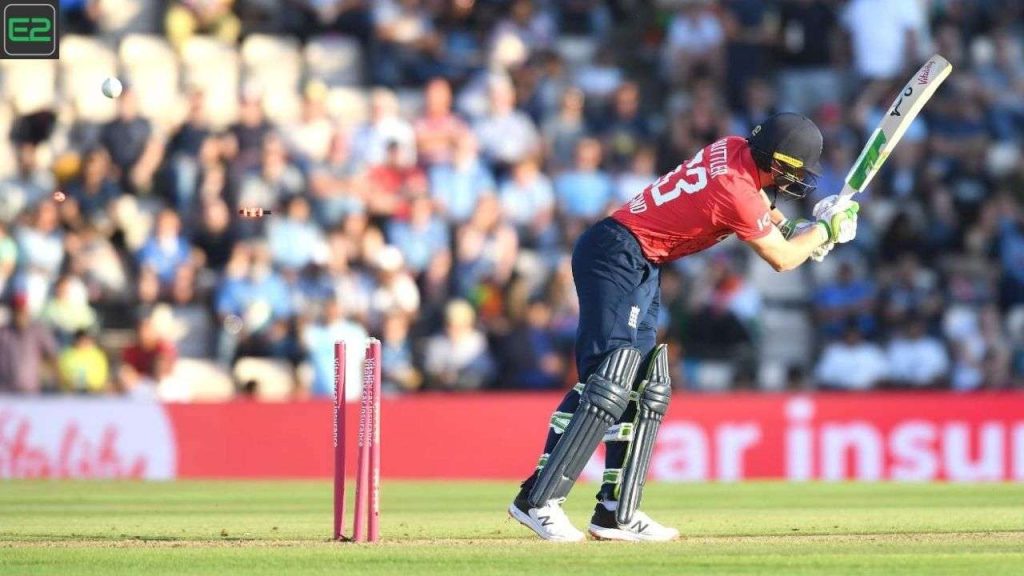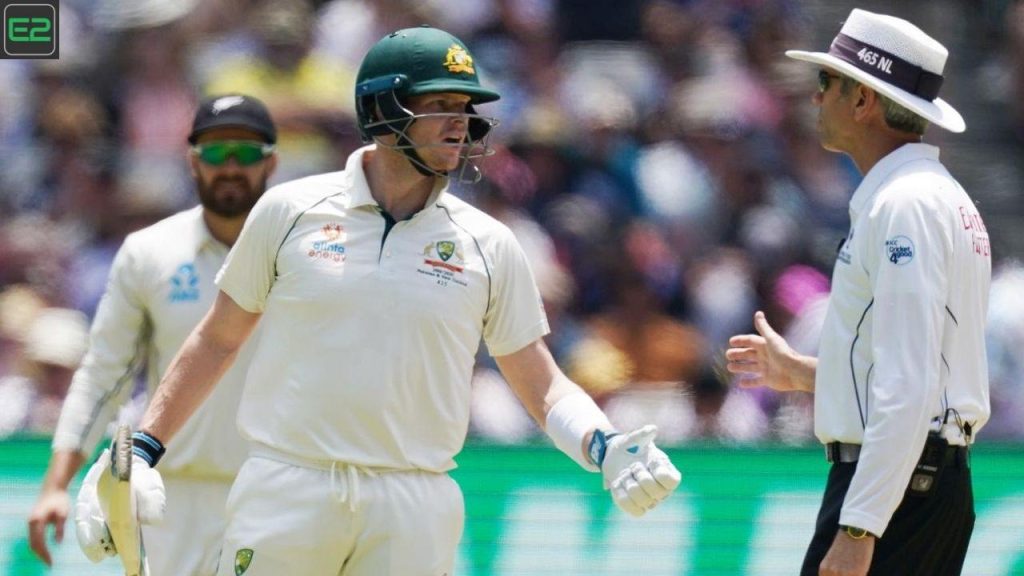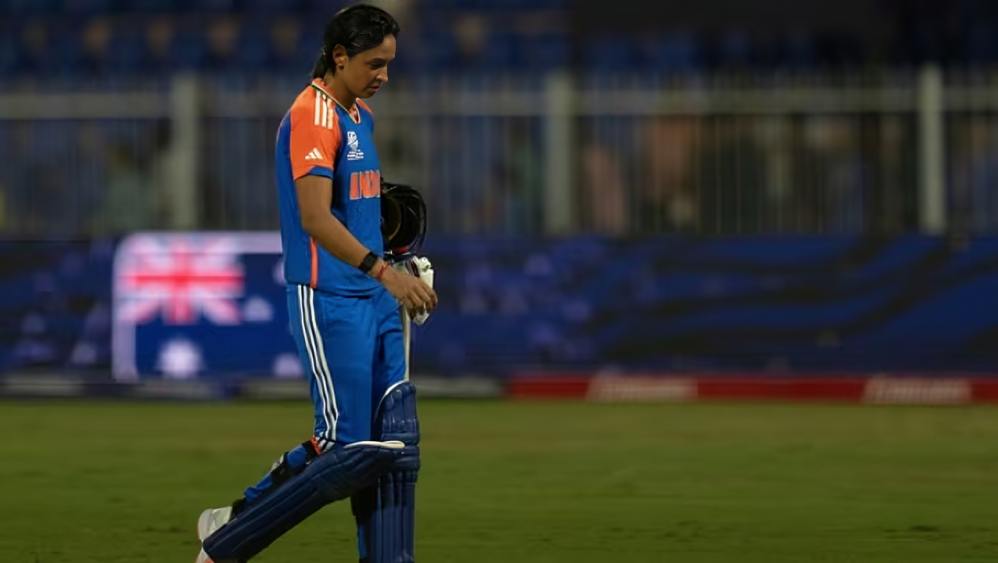Boundary Length of Eden Gardens Cricket Stadium: Eden Gardens, located in Kolkata, India, is one of the most iconic and historic cricket stadiums in the world. Known for its passionate crowd, rich history, and electrifying atmosphere, Eden Gardens has hosted numerous memorable cricketing moments, including World Cup finals, Test matches, and thrilling T20 encounters. As a venue that is synonymous with cricketing greatness, Eden Gardens remains a cherished location for players and fans alike.
Boundary Length of Eden Gardens Cricket Stadium
One of the key aspects of any cricket ground is its boundary length. The boundary length impacts the dynamics of a match, affecting everything from the frequency of boundary hits to the strategies employed by both batsmen and bowlers. In this article, we will explore the boundary lengths at Eden Gardens, how they affect the game, and why the ground remains a favorite for players and spectators around the world.
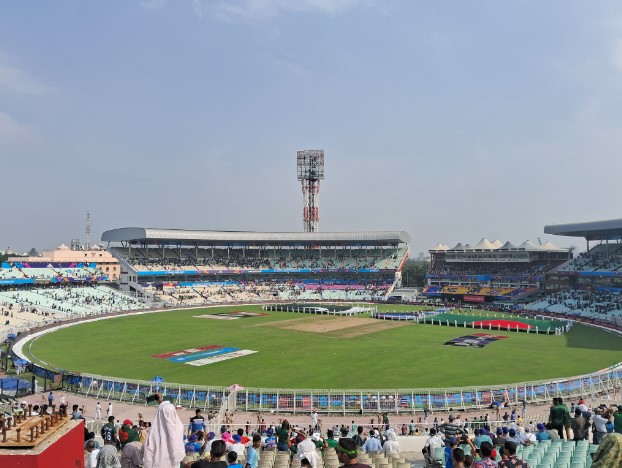
Overview of Eden Gardens
Eden Gardens is one of the largest cricket stadiums in India, with a seating capacity of around 66,000 spectators, making it one of the biggest stadiums globally. It is also one of the oldest cricket grounds, having been established in 1864. The stadium has witnessed some of the greatest cricketing moments in history, including India’s famous victory in the 1983 Cricket World Cup and Sourav Ganguly’s iconic shirt-waving moment in 2002.
Given its long history and capacity to host large crowds, Eden Gardens has become a venue that demands respect from players across the world. The ground is known for its intimidating atmosphere, with the passionate “Eden Gardens crowd” creating an unforgettable environment during every match.
Boundary Length Specifications at Eden Gardens
The boundary length at any cricket ground can greatly influence the way a match plays out. At Eden Gardens, the boundary length varies depending on the position around the ground, as is the case with most cricket fields. The dimensions of the ground are set to international standards, ensuring a balanced contest between the bat and ball.
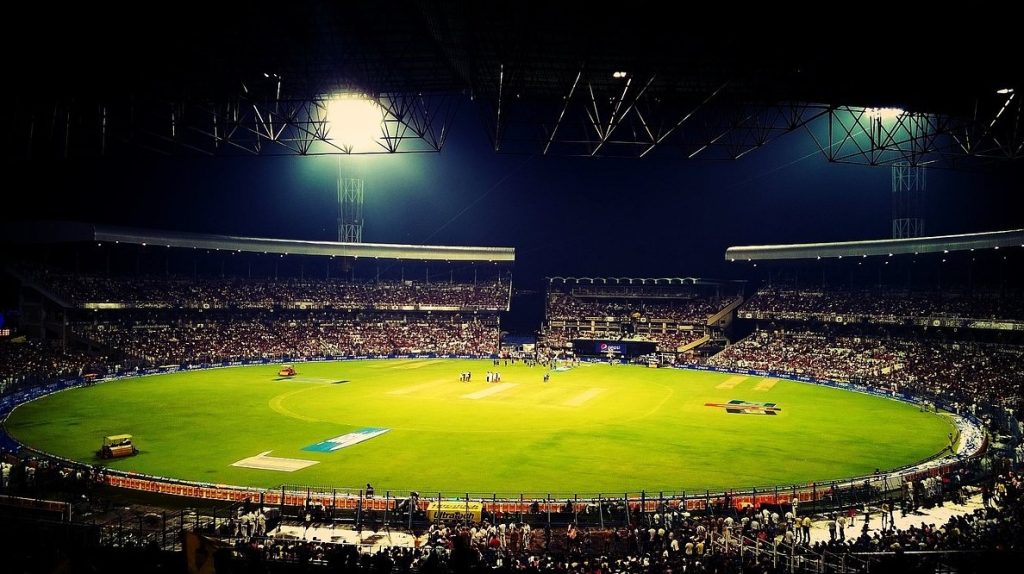
Here is a breakdown of the boundary lengths around Eden Gardens, which reflects both the uniformity and variation in distances on the field:
| Boundary Location | Length (in meters) | Approximate Length (in yards) |
|---|---|---|
| Straight Boundary (Offside) | 66 meters | 72 yards |
| Straight Boundary (Legside) | 68 meters | 74 yards |
| Mid-Wicket Boundary | 69 meters | 75 yards |
| Cover Boundary | 67 meters | 73 yards |
| Square Leg Boundary | 68 meters | 74 yards |
| Long On / Long Off Boundary | 70 meters | 76 yards |
| Deep Fine Leg Boundary | 66 meters | 72 yards |
Impact of Boundary Lengths on the Game
Straight Boundary (66 to 68 meters)
The straight boundary at Eden Gardens, which varies slightly between the offside and legside, is one of the more critical areas of the ground. With a length ranging between 66 and 68 meters, it is slightly shorter than many other international grounds. This makes the straight boundaries more accessible for batsmen, especially during limited-overs formats like T20 and One-Day Internationals (ODIs), where hitting over the bowler’s head is a common strategy.
This shorter boundary encourages aggressive shot-making, with batsmen attempting to clear the rope with lofted drives, pulls, and straight hits. In ODIs and T20 matches, this boundary is often a hotspot for big-hitting batsmen who can launch the ball down the ground, creating exciting moments for spectators.
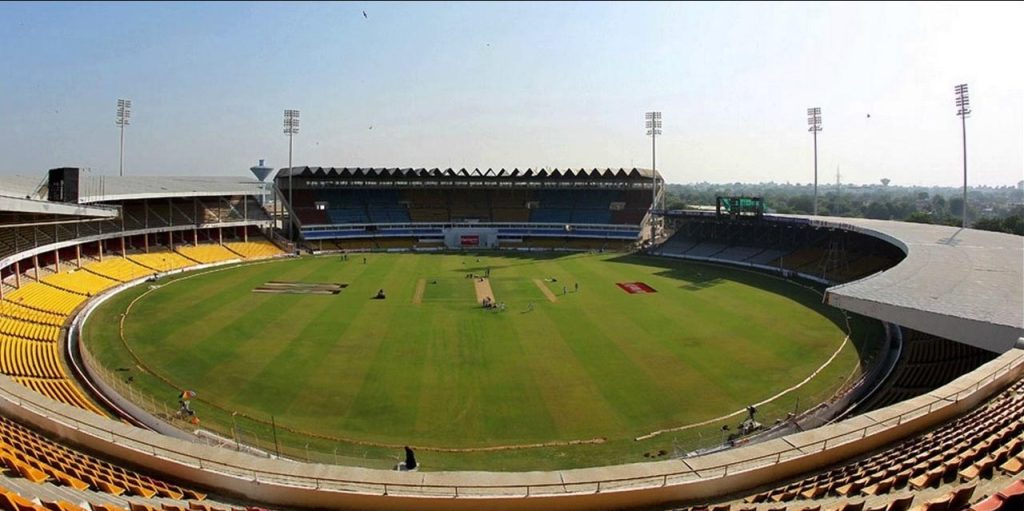
Mid-Wicket Boundary (69 meters)
The mid-wicket boundary, measuring 69 meters, is an important area of the ground, especially for batsmen who are adept at playing on the leg side. This length is slightly longer than the straight boundary but still within reach for most powerful hitters. The mid-wicket area is typically targeted by batsmen who prefer playing pull shots, sweeps, or slog sweeps, which are common in limited-overs cricket.
Given the shorter length of the mid-wicket boundary compared to other parts of the ground, this area can often witness high-scoring shots, particularly when a bowler is forced to bowl a full-length delivery or a short-pitched ball. In Test matches, this boundary is also a key area where batsmen often place the ball to rotate strike or look for boundaries through placement.
Cover Boundary (67 meters)
The cover boundary, situated on the offside, measures 67 meters in length and is considered one of the more challenging areas to clear. For batsmen who prefer playing elegant drives or square cuts, this boundary requires precision and timing. Given its relatively shorter length, it is often targeted in the shorter formats of the game, where aggressive batsmen look to pierce the field for boundaries.
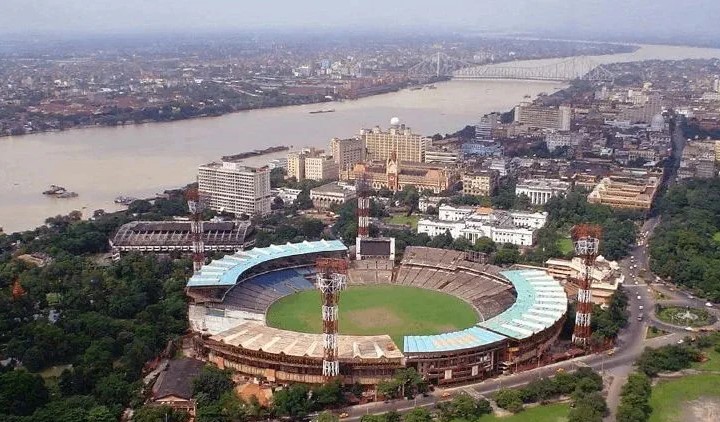
While the cover boundary is slightly shorter than some other parts of the ground, it still demands skillful stroke play, especially for batsmen who prefer driving the ball through the offside or cutting deliveries to the boundary. In Test matches, the cover region can also be a critical area for rotating strike and building partnerships.
Square Leg Boundary (68 meters)
The square leg boundary, also measuring 68 meters, is a frequently targeted area in limited-overs cricket. Batsmen who prefer playing on the leg side can look to clear the square leg region with powerful pulls or sweeps. This boundary is particularly relevant in T20 matches, where hitting the ball over square leg can result in a six, especially with bowlers who miss their line or length.
The square leg region also plays a significant role in Test matches when batsmen aim to find the gap between the fielders or place the ball with precision. The 68-meter distance means that a well-timed shot can easily clear the boundary, providing batsmen with an opportunity to score quickly.
Long On / Long Off Boundary (70 meters)
The long on and long off boundaries at Eden Gardens are located deep on either side of the ground, both measuring 70 meters. These boundaries are often the target of power hitters who look to clear the boundary with lofted shots over the mid-on or mid-off fielders. This area is particularly challenging for bowlers, as any loose delivery can easily be dispatched for a six.
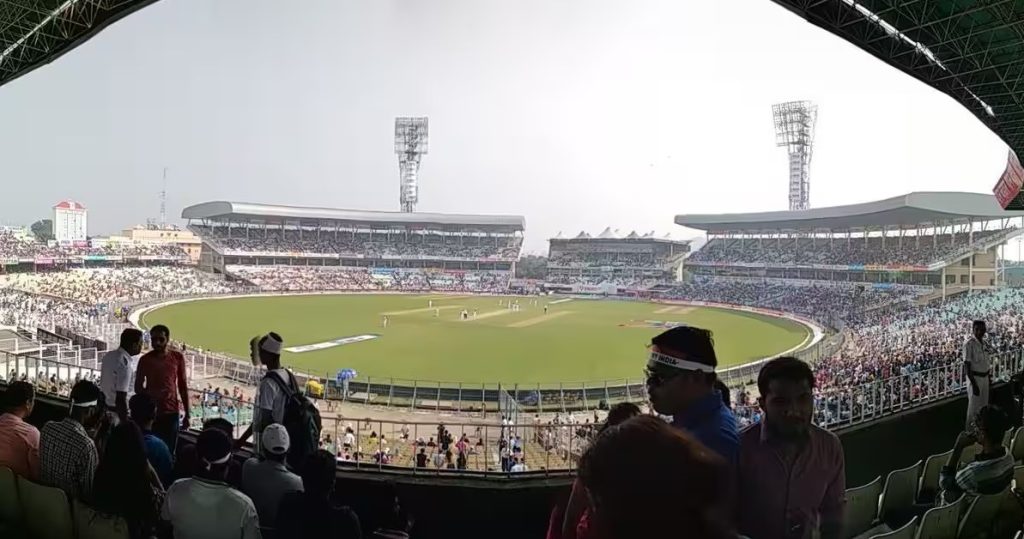
In limited-overs formats, this area is vital for batsmen who are known for their big-hitting abilities. A shot over long on or long off is often the result of powerful driving or a slog sweep, and it is one of the most exciting shots for fans in the stadium.
Deep Fine Leg Boundary (66 meters)
The deep fine leg boundary, measuring 66 meters, is another area where batsmen often target with shots such as hooks or pulls. This boundary is particularly important when a bowler delivers a short-pitched ball, allowing the batsman to swivel and find the gap at deep fine leg. The 66-meter distance makes it a relatively short boundary, meaning even an average shot can sometimes clear the rope.
In limited-overs cricket, the fine leg region is a key location for batsmen looking to take advantage of the pace and bounce of the ball, especially when bowlers try to bowl short deliveries outside the off stump or on the body.
Eden Gardens remains one of the most celebrated cricket grounds globally, and its boundary lengths play a significant role in the type of cricket that is played. With a blend of shorter and longer boundaries across various regions, the ground offers a balanced contest for both batsmen and bowlers. The shorter boundaries, especially on the straight and leg side, encourage aggressive stroke play, while the longer boundaries provide ample opportunities for bowlers to capitalize on mistakes.
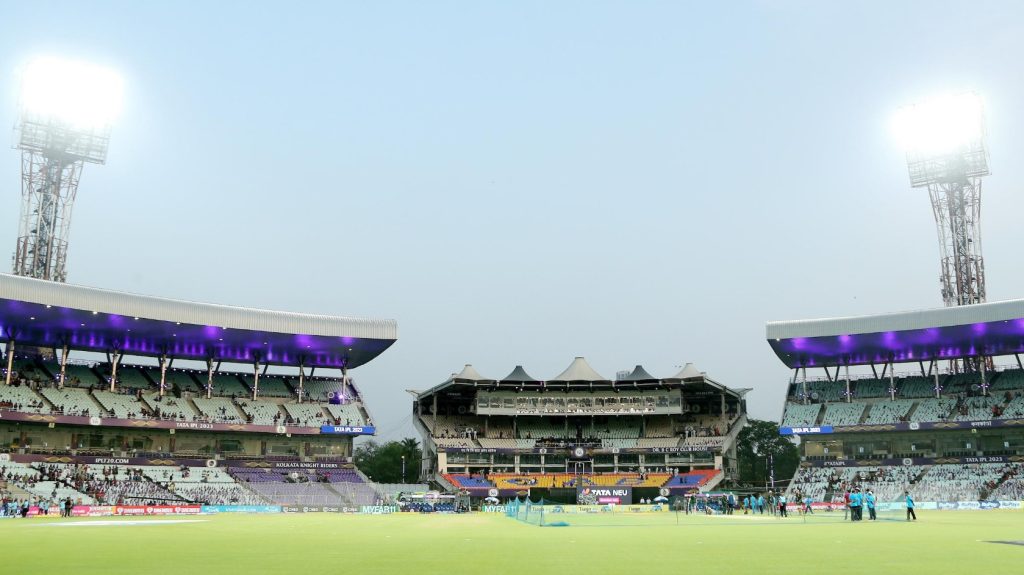
For cricket fans around the world, Eden Gardens is not just a stadium—it’s a place where cricketing history is made. The boundary lengths at this iconic venue contribute to the thrill and excitement that make every match a memorable experience. Whether it’s a Test match, an ODI, or a T20, Eden Gardens continues to be a stage for some of the most exhilarating cricketing moments in history.
You will have fun playing exciting games on here: E2Bet
Here Are Some Helpful Tips:



